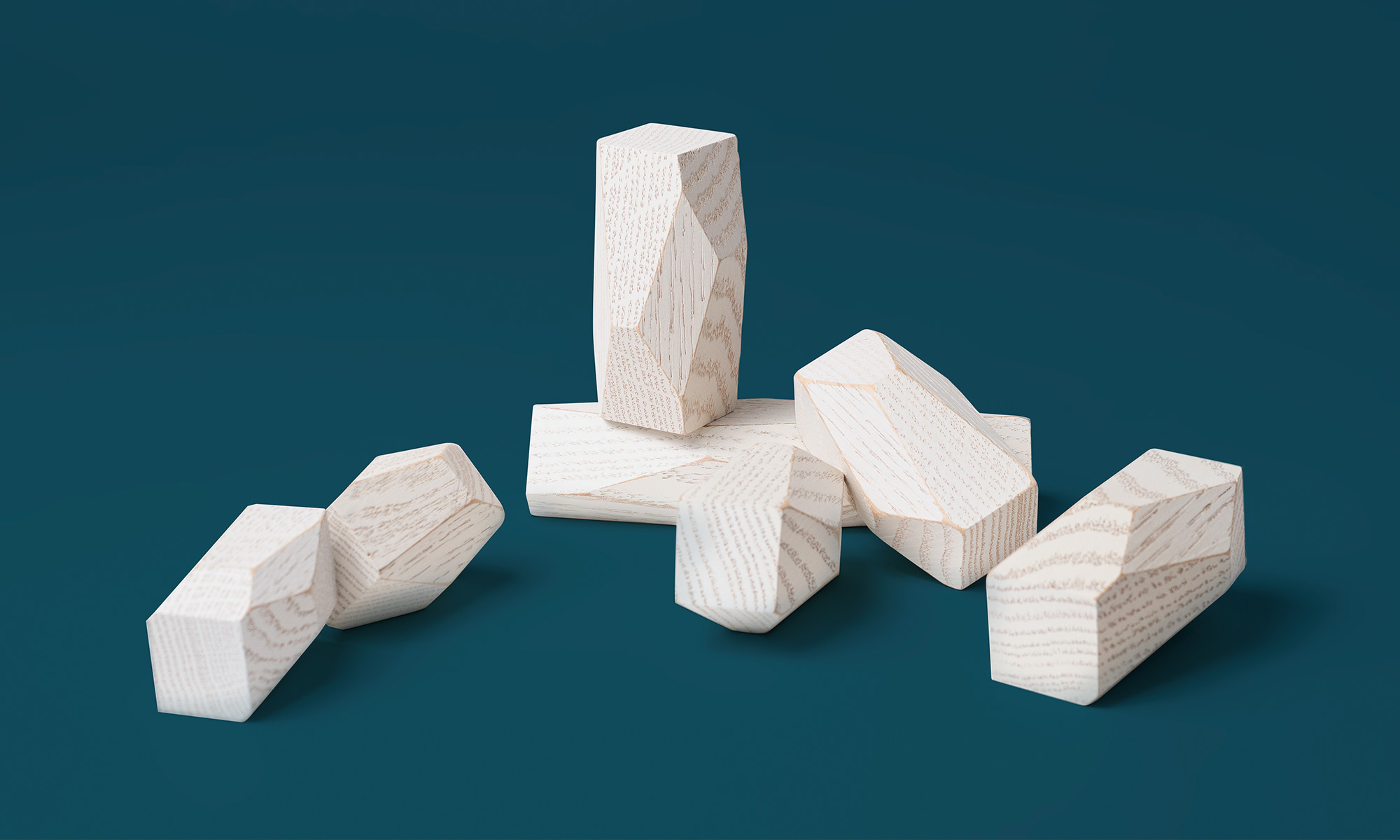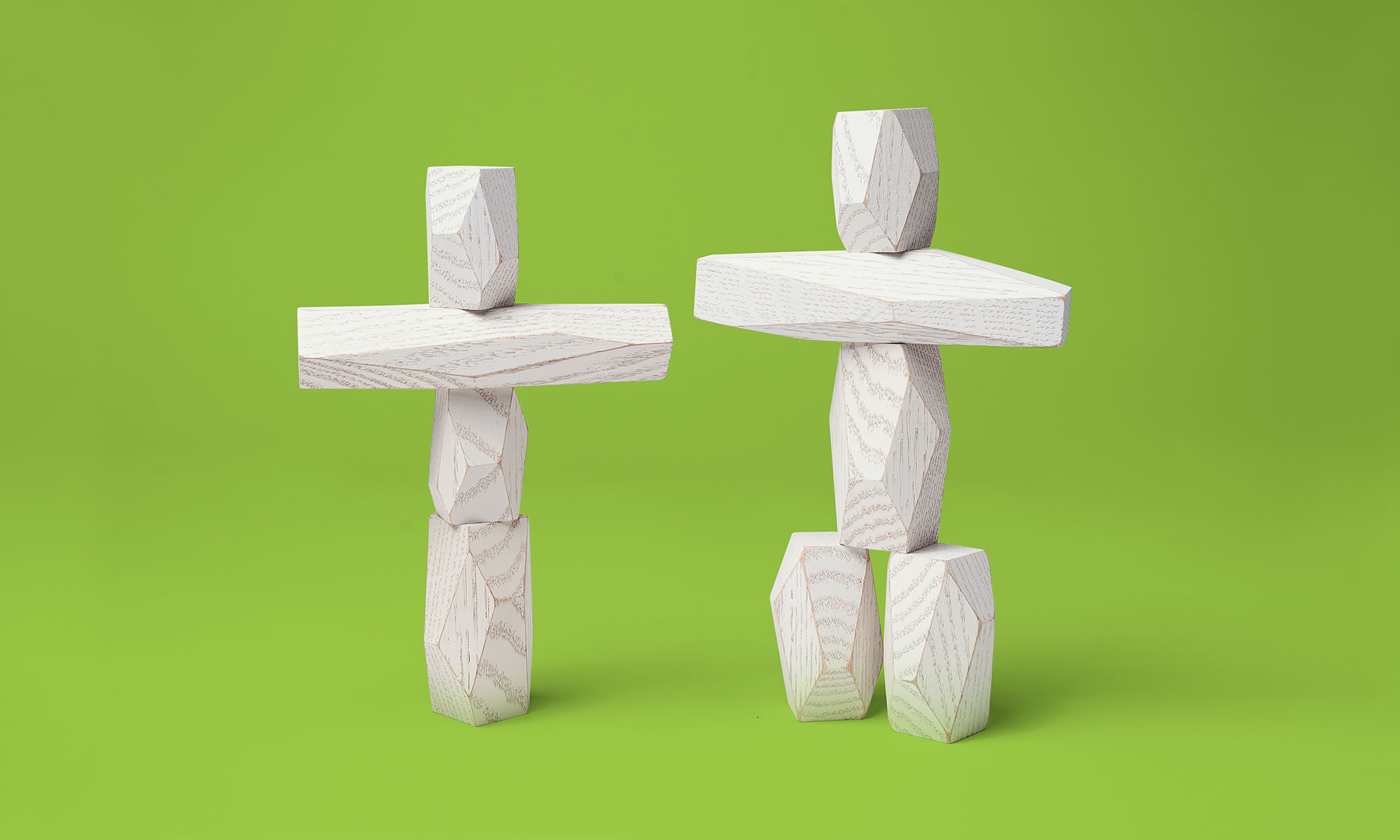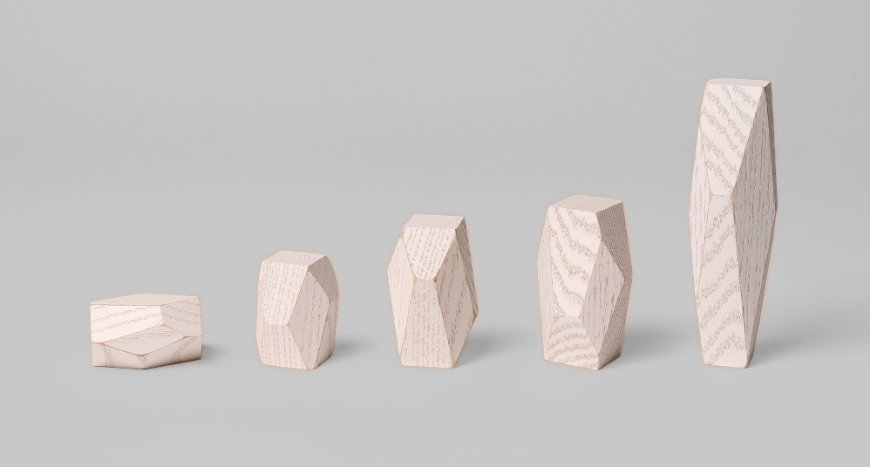A Team Ready for a Makeover
It’s hard to imagine a time when marketing wasn’t all about digital, but a decade ago companies were midstream in shifting their marketing focus from offline to online. In this transition, the best way to set a company up for success was to make sure your team evolved, too.
When I stepped into the role of leading web marketing at Autodesk — the premier design software company for architects, engineers, and special effects designers — the team was undervalued and underperforming. I focused on building a high-functioning team that could effectively and collaboratively manage Autodesk’s largest marketing vehicle: its website, which touched more than 90 million people a year worldwide and represented more than 100 products across five industries in 33 countries and 23 languages.
At the time, the web marketing team suffered from a perception of being bureaucratic and slow to execute. It was seen as the gatekeeper of processes and web guidelines, not as a facilitator to drive business growth through the web. This led to:
- Low morale. With demanding responsibilities and a global website portfolio to manage, the web team felt underappreciated. Relegated to a tactical role of web project management and site updates, team members were left out of strategy and planning conversations.
- Uneven expertise. The team had some web marketing expertise, but it wasn’t consistent or innovative.
- Strained relationships. A few team members had a good rapport with their business partners, while other relationships were defined by conflict.
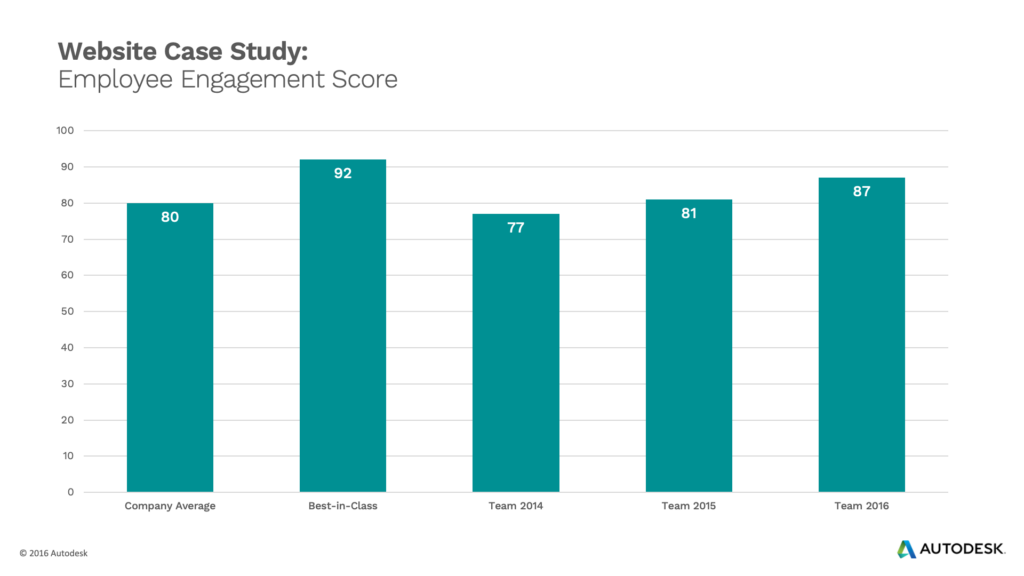
Real Change Starts with Trust and Openness
At Straight Up, we believe that all great marketing starts with customer empathy. It’s no different when building a team. Good organizational design begins with empathy for internal customers: our colleagues.
So, I led a fearless pursuit of feedback from our Autodesk colleagues. Through hour-long interviews with more than 50 stakeholders, we uncovered two opportunities for improvement: the “what”— the quality and effectiveness of the work; and the “how”— the quality and effectiveness of the relationships/cross-team partnerships.
I also gathered feedback from my team to understand their pain points and frustrations. We looked at the obstacles to doing their best work and explored their feelings of being unfairly judged and misunderstood.
It all boiled down to misaligned goals: Each team focused on different desired outcomes and measurements of success. For example, a primary company goal was getting software trials into the hands of more prospective customers. The field marketing team measured success by the leads that came in from online forms. The web marketing team measured it by whether or not it was delivering a good customer experience. This meant that an 18-field form required to download a software trial was data gold to a field marketer and a nightmare to a web marketer.
Once I fully understood the root of the problem, I was able to develop an effective solution:
- Align on goals and share measurements for success. When we started leading with shared common goals, the answer to the 18-field form was obvious: a shortened form that collected just enough information for a meaningful sales conversation and enabled web visitors to get the software trial faster.The two teams also discovered that additional input was needed to deliver even better results: If brought into the conversation, the engineering team could develop a faster download, and the content team could create helpful tips for getting started.
- Build trust and resilience. To improve the web team’s morale, we agreed to forget the past and work by a new mantra: “Assume good intent.” To help us do this, we invested in two years of improv training. We not only had a blast but developed the skills to cope with ambiguity and change. Improv’s “Yes, And” philosophy changed how we met the unexpected and channeled our creativity. We began to feel more comfortable taking risks to innovate, shaking off mistakes, and helping each other succeed. Challenges became labs for innovation, and we approached ambiguity as an adventure.
- Foster professional development. When hiring new talent, we looked for a positive and collaborative attitude as well as a strong desire to learn and grow. We added dyed-in-the-wool marketers to the team but also people with strong problem-solving skills, such as a former architect. The team was encouraged to take advantage of an annual training budget to build digital subject matter expertise and professional soft skills in conflict management and communication. We also fostered a culture of ongoing feedback, so much so that end-of-year reviews became a formality: We all became aware of our strengths and development areas and worked on them daily.
↑400%
team budget
↑5 to 55
team members
93/100
team member satisfaction
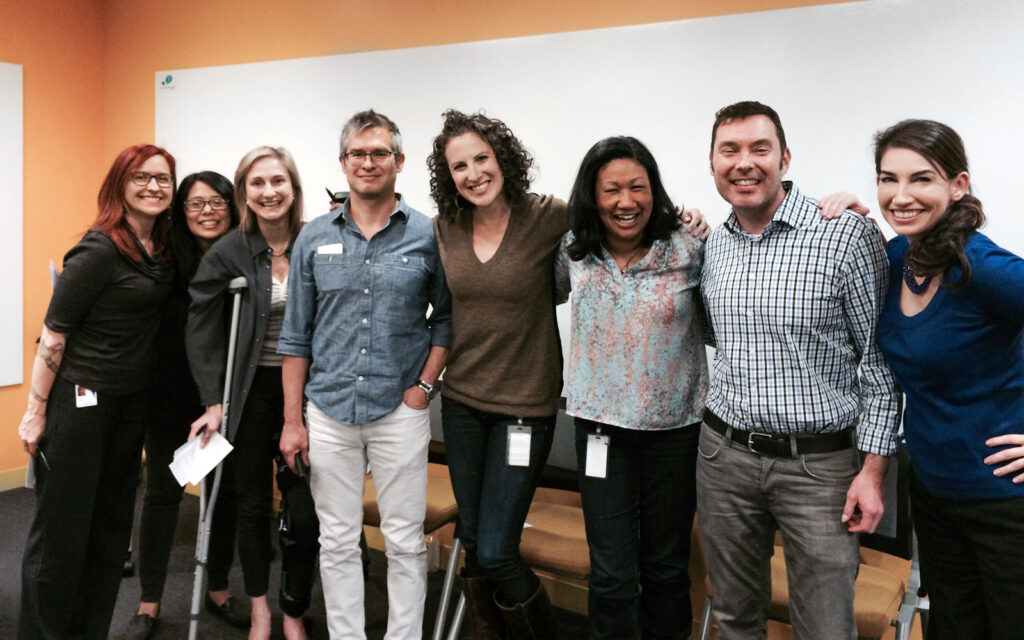
A Team You Want to Work With (and a Budget to Match)
Over time, Autodesk’s web marketing team became a highly valued and sought-after group that proved instrumental to our internal customers’ success and the company’s bottom line.
By the end of year one, it was equal in value to brand, field, and product marketing. Company-wide, we helped people see success differently: looking at the whole of the customer journey, not just the tactical points of “web conversion.”
By year two, we were an “attractor team,” people within Autodesk wanted to join our team. Our talent was often poached by other internal groups, opening up many career paths.
By year three, senior management fully recognized our value, and our budget grew 400 percent, allowing us to invest in hiring more talent and supporting more departments. What started as a team of five became a team of 55.
“I like that there’s open and honest communication on our team, and I get to come up with new ways of doing things.”
– Autodesk Web Marketing Team Member
The web marketing team also scored best-in-class for employee satisfaction results, 93 out of 100, indicating a turn-around boost in morale and engagement. Many of the senior managers went on to build their own teams and functions. And perhaps the best result of all, many of us developed personal friendships that are still alive today.


